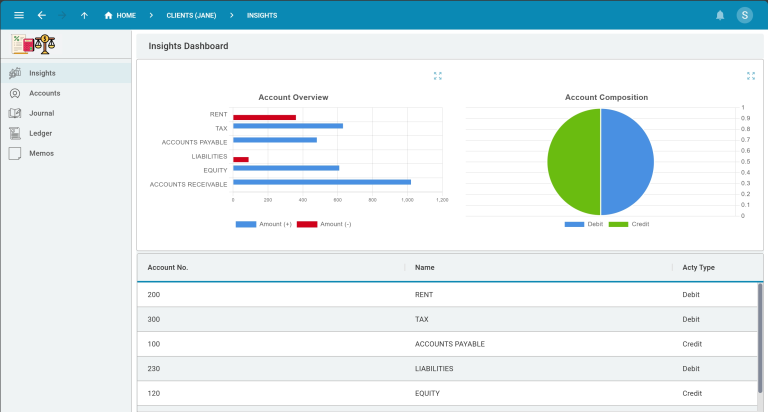SQL Search by Column Name (How to Guide)
Breaking Down SQL Search by Column Name
This method allows you to pinpoint exactly the data you need, saving time and computational resources.
This guide will equip you with the knowledge to use column name searches effectively.
Understanding the Basics
Before diving into the intricacies of searching by column name, it’s essential to grasp the fundamental structure of SQL databases.
At its core, a database consists of tables, which are composed of rows and columns. Each column has a unique name that identifies the type of data it contains.
When you search by column name, you’re essentially telling the database to look for specific information within a particular field.
This approach is far more efficient than searching through entire tables, especially when dealing with large datasets.
Using INFORMATION_SCHEMA
One of the most valuable tools for searching by column name is the INFORMATION_SCHEMA.
This is a set of views that provides metadata about the database and its objects. When it comes to column searches, the INFORMATION_SCHEMA.COLUMNS view is your best friend.
Here’s a basic query to search for columns across all tables in your database:
SELECT TABLE_NAME, COLUMN_NAME
FROM INFORMATION_SCHEMA.COLUMNS
WHERE COLUMN_NAME LIKE '%search_term%';This query will return a list of all tables and columns that match your search term. The ‘%’ wildcards allow for partial matches, making your search more flexible.
Refining Your Search
While the basic query is useful, you can refine it further to get more specific results. For instance, you might want to search within a particular schema or database:
SELECT TABLE_SCHEMA, TABLE_NAME, COLUMN_NAME
FROM INFORMATION_SCHEMA.COLUMNS
WHERE TABLE_SCHEMA = 'your_schema_name'
AND COLUMN_NAME LIKE '%search_term%';This query narrows down the search to a specific schema, which can be particularly helpful in larger database systems with multiple schemas.
Case Sensitivity and Exact Matches
By default, many SQL implementations perform case-insensitive searches. However, if you need to perform a case-sensitive search or look for an exact match, you can modify your query accordingly:
SELECT TABLE_NAME, COLUMN_NAME
FROM INFORMATION_SCHEMA.COLUMNS
WHERE COLUMN_NAME COLLATE Latin1_General_CS_AS = 'ExactColumnName';The COLLATE Latin1_General_CS_AS clause ensures a case-sensitive comparison. Adjust the collation as needed for your specific database system.
Searching Across Multiple Databases
In some scenarios, you might need to search for columns across multiple databases. While the exact syntax can vary depending on your database management system, here’s a general approach:
SELECT TABLE_CATALOG, TABLE_SCHEMA, TABLE_NAME, COLUMN_NAME
FROM INFORMATION_SCHEMA.COLUMNS
WHERE COLUMN_NAME LIKE '%search_term%';This query will return results from all accessible databases, providing a comprehensive view of where your column exists.
Search by Column Name with a Rapid Database Builder
When working with SQL, executing efficient queries is straightforward, but searching by column name can sometimes require extra attention, especially when dealing with large databases or exploring unfamiliar schemas.
This is where rapid database builders like Five come into play. Five provides a MySQL database for your application and generates an automatic UI, making it easier to interact with your data.
With Five, you can handle tasks like searching by column name intuitively through its generated forms and tables. This allows you to focus on writing accurate queries without worrying about navigating through complex database schemas manually.
Five also enables you to create interactive forms, tables, dynamic charts, comprehensive PDF reports, and dashboards that are automatically generated based on your database schema, making it easier to find and filter data by column names.
In addition, Five lets you write custom JavaScript and TypeScript functions, giving you the flexibility to implement complex business logic.
Once your application is ready, Five makes deployment easy with just a few clicks, allowing you to deploy your MySQL-based application to a secure, scalable cloud infrastructure.
This lets you focus on developing, while Five handles the complexities of cloud deployment and infrastructure management.
If you’re serious about using SQL efficiently give Five a try.
Practical Applications
Understanding how to search by column name opens up a world of possibilities for database management and optimization. Here are some practical applications:
- Data Cleanup: Quickly identify columns that might contain duplicate or inconsistent data across tables.
- Schema Analysis: Gain insights into your database structure and identify potential areas for normalization.
- Performance Tuning: Locate columns that are frequently queried but not indexed, helping you optimize your database performance.
- Data Integration: When merging databases or tables, easily find corresponding columns across different schemas.
Advanced Techniques
As you become more comfortable with column name searches, you can explore more advanced techniques:
Dynamic SQL
For more flexible searches, you can use dynamic SQL to build and execute queries on the fly:
DECLARE @SearchTerm NVARCHAR(100) = 'YourSearchTerm';
DECLARE @SQL NVARCHAR(MAX);
SET @SQL = 'SELECT TABLE_NAME, COLUMN_NAME FROM INFORMATION_SCHEMA.COLUMNS WHERE COLUMN_NAME LIKE ''%' + @SearchTerm + '%''';
EXEC sp_executesql @SQL;This approach allows you to change the search term without modifying the entire query.
Combining with Other Metadata
You can enhance your searches by combining column information with other metadata. For example, you might want to find columns of a specific data type:
SELECT TABLE_NAME, COLUMN_NAME, DATA_TYPE
FROM INFORMATION_SCHEMA.COLUMNS
WHERE COLUMN_NAME LIKE '%search_term%'
AND DATA_TYPE IN ('varchar', 'nvarchar');This query helps you narrow down your search to specific types of columns, which can be particularly useful when working with large, complex databases.
Some Considerations
It’s important to keep a few best practices in mind:
- Performance Impact: Extensive searches across large databases can be resource-intensive. Consider running these queries during off-peak hours if possible.
- Access Rights: Ensure you have the necessary permissions to query the INFORMATION_SCHEMA views in your database system.
- Regular Maintenance: Periodically review and update your column naming conventions to maintain consistency and make future searches more efficient.
- Documentation: Keep a record of your most frequently used column search queries. This can save time and ensure consistency across your team.
- Combine with Other Tools: While SQL searches are powerful, consider using them in conjunction with database design tools and documentation to maintain a comprehensive understanding of your database structure.
From troubleshooting issues to optimizing performance and facilitating data integration, this technique is an important tool in any database professional’s toolkit.
As you continue to work with databases, you’ll find countless situations where these skills prove useful.


